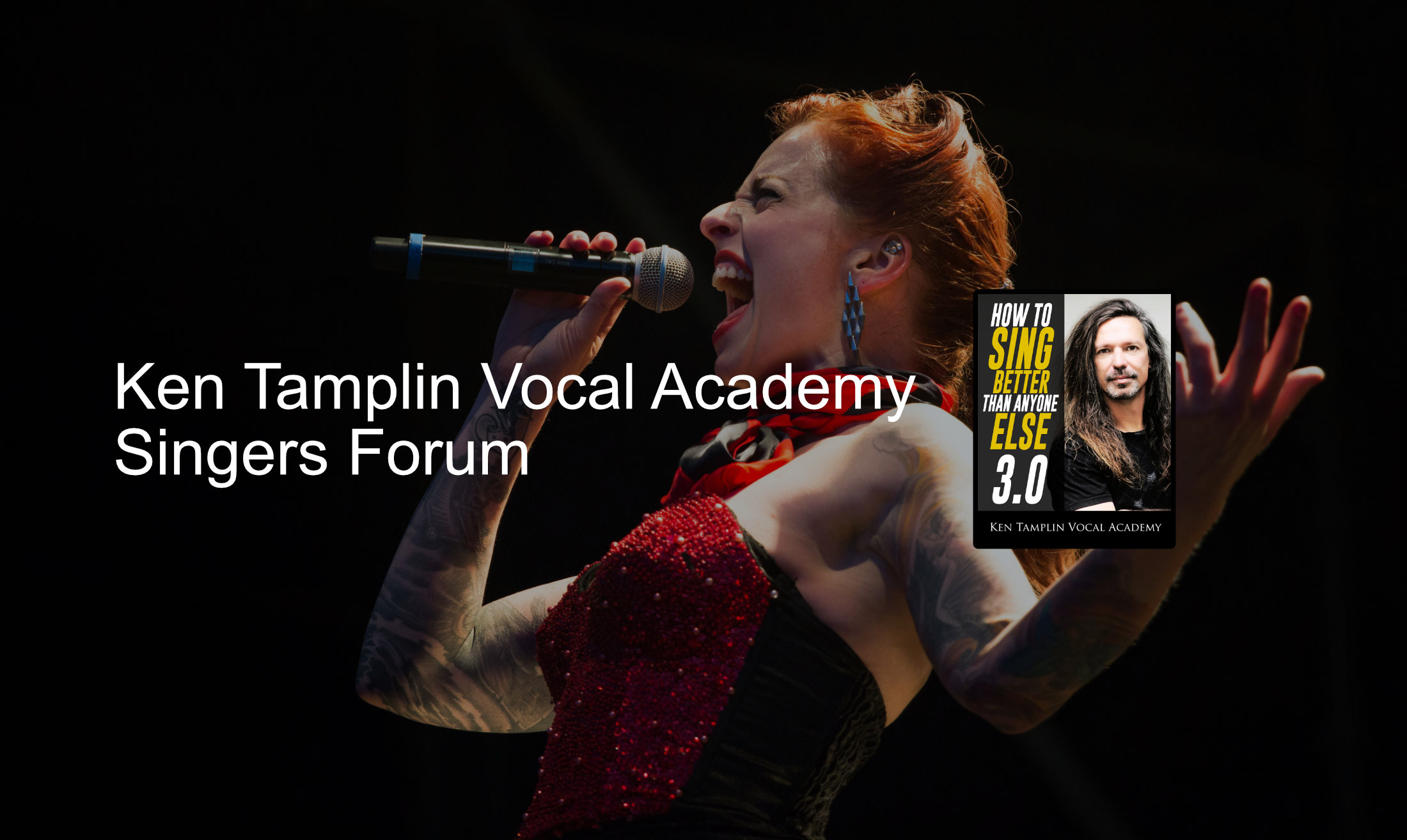Options
Stretching chest V.S. mixed voice
 nspablo1
Pro Posts: 7
nspablo1
Pro Posts: 7
What is the difference between mixed voice vs stretched chest? Unfortunately I did Brett Mannings singing success before knowing about this course and I don´t know if I´m doing a mixed voice or if I´m doing a stretched chest voice when doing the exercises. How can I figure this out ? (Since Singing success made my chords to zipp up every time I go over my passaggio and supposively hit the notes on a mixed voice) If so, how can I get my chords to stay in chest?


Comments
I previously purchased those other courses, and I can tell you that what they teach is smoke and mirrors, so just try to put what you were taught there aside. No offense. I did those courses too. They just don't apply, and we don't want KTVA students to be confused by invalid concepts and methods.
Stretched chest voice is always going to have some of that cord closure and chesty sound in it. The chesty sound is going to get smaller and thinner as your pitch ascends, but it will still always have an element of CHEST cord engagement, until you get so high that you can give no more of that chesty tone.
Mixed voice, especially the way it is taught elsewhere, is going to have very little actual chest tone in it. It is more of a fake chest sound, contrived by using a lowered larynx. It is a head voice that you are trying to get some depth into by adding some Yogi Bear voice to it, also known as the "dopey" sound. It may be head voice that you just bring down into the mid-voice.
Stretching chest has you bringing as much full chest tone into the upper reaches of the mid voice as you possibly can. You WILL taper down the amount of chest timbre you can bring up the scale when stretching chest.
You will need to apply a little more air pressure when stretching chest voice, otherwise you may slip into head voice. We resist going into head voice for as long as possible when stretching chest voice.
Ken is having you train to use a form of mixed voice that will have a lot of true chest tone in it. He has you training for a considerable time, learning to get your chest voice up quite high, and that will be a great benefit to your voice when you have accomplished the stretching, and can then build your head voice, and finally fuse the two together.
If you stretch your upper mids by ensuring that you are in "call voice" you will know that you are stretching chest, and not using your head voice.
Call voice is that voice you use when you see someone breaking into your car down the street, and you shout out "HEY YOU!!! GET AWAY FROM MY CAR!!!"
You don't have to yell it, but you do have to use a little extra sound pressure to stay out of head voice.
I believe Ken demonstrates Call Voice in his "How to Sing Better for Guys part 2" YouTube Video.
If you stay in call register, you will be stretching chest. Do it gently, though.
All the Best!
Bob
Yes, the bright ping is the sound of closed cords, and you want to maintain that, as well as the Open Throat, as you get through the passaggio, while resisting shifting into head voice. The support and vowel mods also help to resist head voice and remain in chest.
It does sound like you are describing it right.
All the Best.
Bob
The bright timbre lends itself to great resonance. A darker tone will not excite the resonance that a bright tone can do.
Ken demonstrates light singing to show you how to get started on notes that may be more difficult to you. As you are able to do so, you can begin to "lean into the sound" a little more at a time, until you are singing the new higher notes at a more full strength.
You may have more difficulty maintaining cord closure at the upper limits of your range. That is normal. You should not keep pushing hard when that happens. That is where you should be doing the lighter singing. As your strength to sustain those notes begins to grow, you can add a little more volume. It will be a gradual, and often slow growth.
Yes, do keep working every day, and allow the newer, higher notes more time before they can begin to develop more timbre, volume, and strength. Growth takes time.
And YES. Do support more as you get higher. The higher you go, the more support you will need. This helps to reduce the air pressure you are putting on your cords to make those higher notes. You don't want to hit your cords with high-pressure, unregulated air. You use a tiny stream of air, and you push down on your diaphragm to reduce the pressure of the air on your cords even more.
All the Best.
Bob
What do they build in the voice?
Do we use that in song or is it just a strength building exercise?
I can do them up to a Bb. My speaking voice is changing to a higher sound. Over all my voices is growing from this exercise; just don't understand what it is doing. Thanks
Hi Bob, where exactly Ken demonstrates how to get started on those high chest streching notes until you get strenght for pure chest?